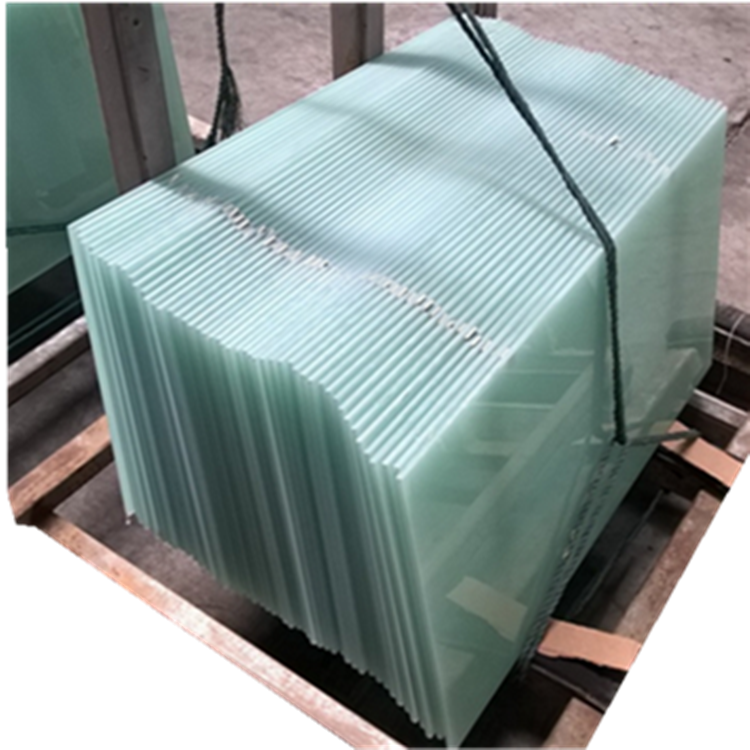American scientists recently discovered that there are "food-related" physiological clocks in animals that can replace light-based master clocks. This discovery helps to explain how animals regulate circadian rhythms to avoid starvation, and shows that by adjusting eating time, humans can better cope with jet lag and night work. Related papers were published in the May 23 issue of the journal Science.
In the lower part of the hypothalamus of the animal's brain, a group of cells called the suprachiasmatic nucleus (SCN) plays the role of the body's main circadian clock. The SCN receives the signal of the day-night cycle via the visual system and transmits the signal to another group of cells called the dorsolateral nucleus (DMH) in the lower part of the hypothalamus. The DMH then organizes the sleep-ejaculation cycle, as well as activity, feeding, and hormones. cycle.
Clifford Saper, chairman of the Department of Neurology at the BDS Medical Center in Boston, USA, said: "When the food is readily available, the system works extremely well. The light signal helps the animal establish a physiology that adapts to the standard day-night cycle. Rhythm.†However, if food is not available during normal awakening, the animal needs to be able to adapt to getting food during regular sleep.
In order to survive, the animal developed a second "food-related" clock. Saper said: "This new clock allows animals to shift their sleep and wake schedules so that they have the opportunity to maximize food discovery."
In the experiment, the researchers used a mouse that inactivated the key gene of the clock (BMAL1) as a test subject, and then placed the gene into a virus vector, achieving the purpose of restoring the function of the clock at only one place in the brain. Through this step-by-step analysis, the researchers revealed the biological clock related to eating.
Saper said: "We found that feeding after the starvation cycle turned on the clock, so it effectively crossed the SCN and hijacked all circadian rhythms into a new time zone, consistent with food acquisition."
Saper said that this discovery is expected to be applied to travelers and shift workers. For example, travelers can adjust their time difference faster by changing their eating time so that their eating clock starts to run. He said: "Fourteen hours of fasting is enough to start the new clock. So, eating nothing on the plane and eating as soon as possible after landing will help you adjust the time difference and avoid some uncomfortable jet lag. â€
Low-E Laminated Glass, a kind of energy saving laminated glass, but the LOW-E only hard coat (online) LOW-E laminated glass can be used directly, mostly for windows. It can be processed into clear Low-e laminated glass, color tinted low-e laminated glass, colored Low-E laminated glass, low-e laminated Insulated Glass, be used for windows, door, building curtain walls, sunroom, that will effectively reduce your energy costs year-round, as well as offer your home much-needed protection from forced entry, severe weather conditions, as well as give consumers powerful sound control.
Laminated glass is produced when two or more glass lites are permanently bonded with one or more plastic interlayers (PVB) using heat and pressure. The glass and interlayers can be a variety of colors and thicknesses. Laminated glass is often called [safety glass" because it meets the requirements of various code organizations. Laminated glass can be broken, but the fragments tend to adhere to the plastic layer and remain largely intact, reducing the risk of injury. Laminated glass can be incorporated with heat-strengthened and Tempered Glass to further increase impact resistance.



Safety Building Glass, Laminated Safety Building Glass,Custom Laminated Glass, Low-E Laminated Glass
Shanghai Lead Glass Co.,Ltd , https://www.leadglazing.com